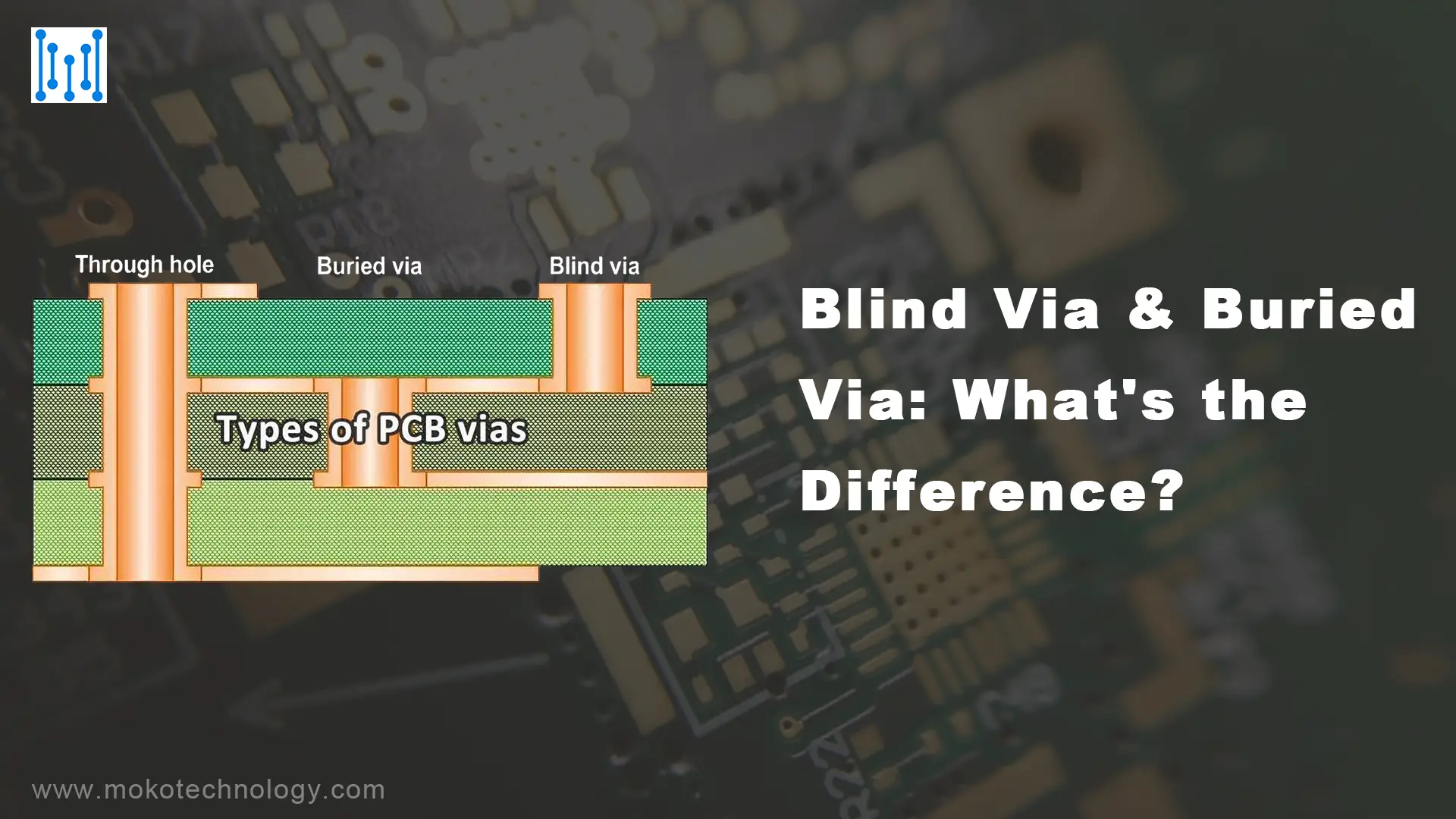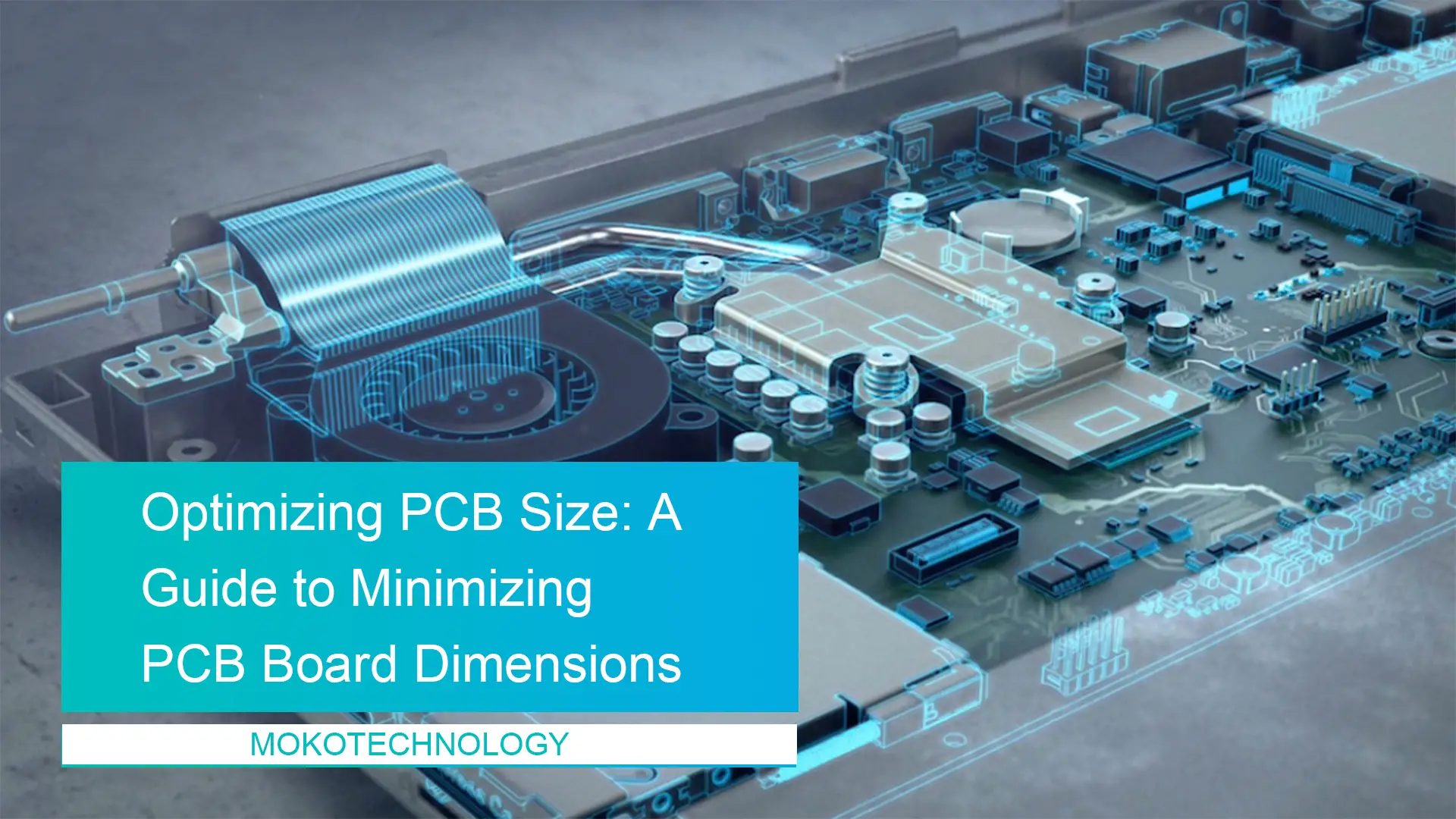It depends.
- If you’re talking about a “long wire” (more typically/accurately, a random wire antenna) used for receiving only, then the line impedance isn’t at all an issue. As long as it’s properly insulated at the right spots, you can run the wire right up to the receiver input and get excellent results. Using a 50 ohm line (which would almost certainly be some type of coax) here would generally be mostly for convenience, because the receiver has an input connector best used with a coaxial cable (e.g., a BNC or SO-239).
- If we’re talking about an antenna to be used for transmitting, though, the answer becomes more complicated. There are two primary concerns when connecting a transmitter to its antenna:
-
- Getting the most power transferred to the antenna and actually radiated.
- Protecting the transmitter’s output stages from the effects of high SWR.
Available choices of feedlines range from the typical coax cables at 50–75 ohms through “ladder lines” than can have characteristic impedances in the hundreds of ohms.
Read More: Cable & Wire Harness Assembly
#PCB Design



